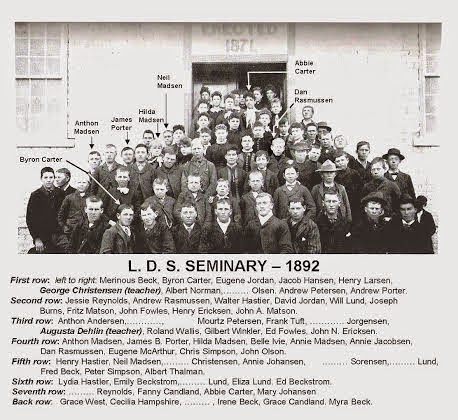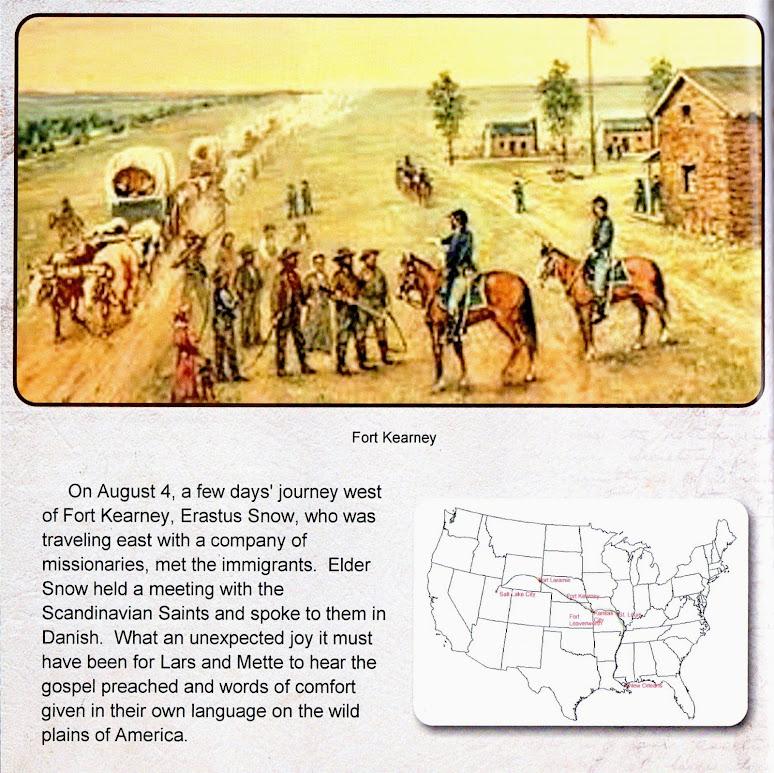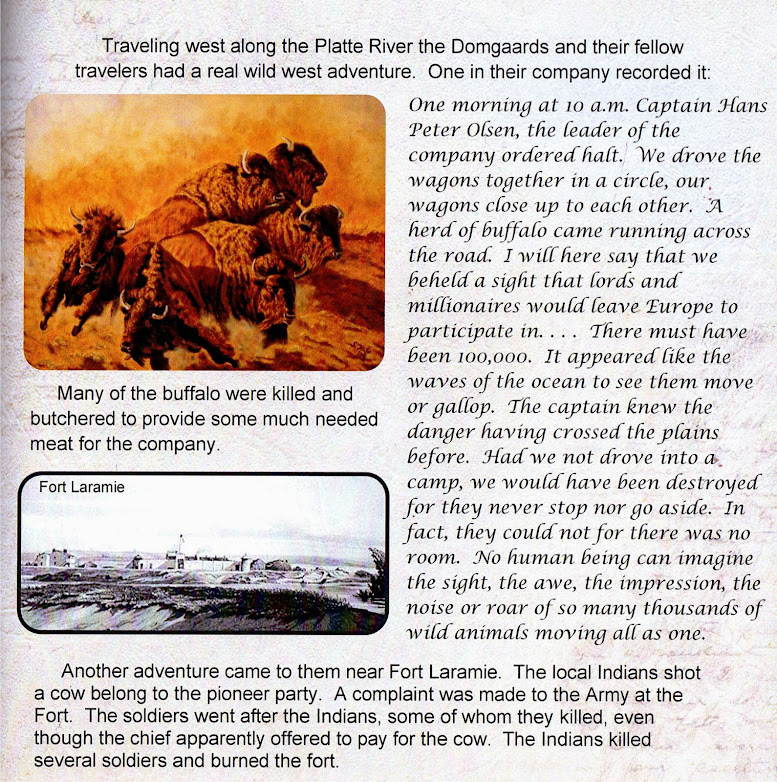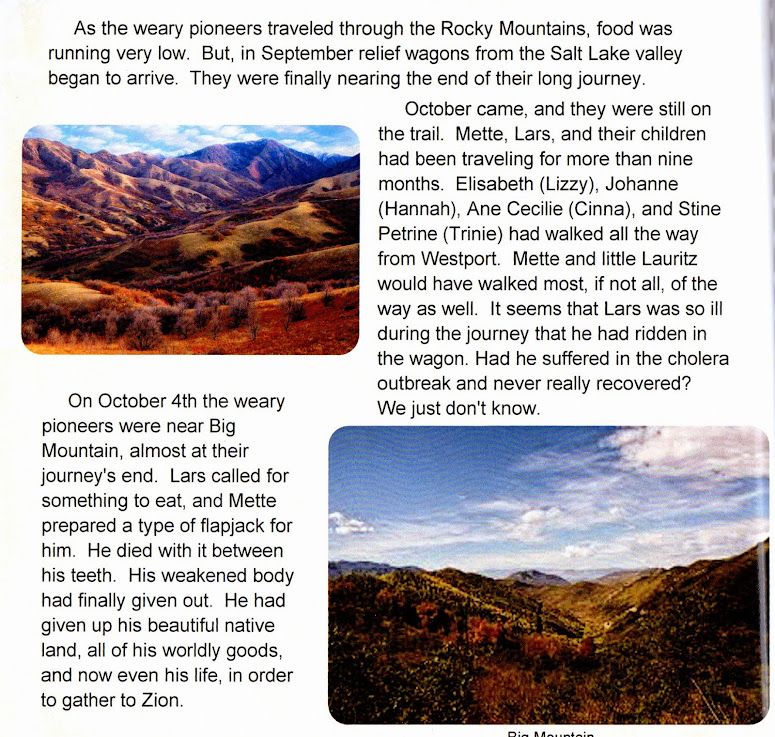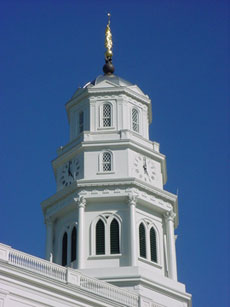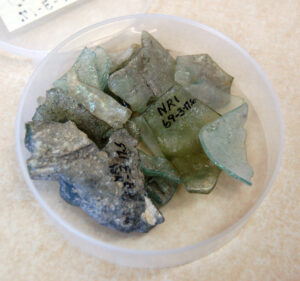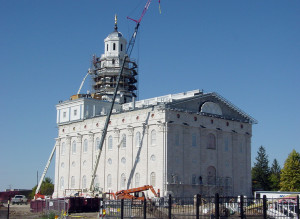He was not so successful in obtaining a white wife. At one juncture, he decided that Bishop Lowry's daughter, Mary, was a good choice. He dressed to the nines and went to the Lowry home when he thought Mary would be alone and placed a blanket, some moccasins, a beaded headband and other items on the table, followed by a crude proposal. He offered her furs and cowhides with hoofs and long horns - even a "white man's teepee."
Terrified of antagonizing the chief, Mary blurted that she was promised to another man. The name that came to mind was her brother-in-law, "Judge Peacock," who had married her twin sister. Walkara, according to several accounts, plunged his knife hilt-deep into a table and said he would take the matter to Brigham Young.
Young, in fact, promised Walkara that if Mary "is not already married, you may have her." Young knew what the chief did not - that Mary and her brother-in-law had rushed to Nephi immediately and wed. With polygamy in full sway, it was a logical solution to the problem.
The Walker War ended through an understanding personally negotiated between Young and Walkara during the winter of 1853 and finalized in May 1854 in Levan, near Nephi, Utah. In his contemporary work Incidents of Travel and Adventure in the Far West (1857), photographer and artist Solomon N. Carvalho gives an account of the peace council held between Walkara, other native leaders in central Utah, and Brigham Young. Carvalho took the opportunity to persuade the Indian leader to pose for a portrait, now held by the Thomas Gilcrease Institute, Tulsa, Oklahoma. Although immediate hostilities ended, none of the underlying conflicts were resolved. Walkara died in 1855 at Meadow Creek, Utah.
At his funeral, fifteen horses, two wives, and two children were killed and buried along with him.
| Mary Artimesia Lowry Peacock | ||||||||||||||||||||||||||||||
|
| |||||||||||||||||||||||||||||

